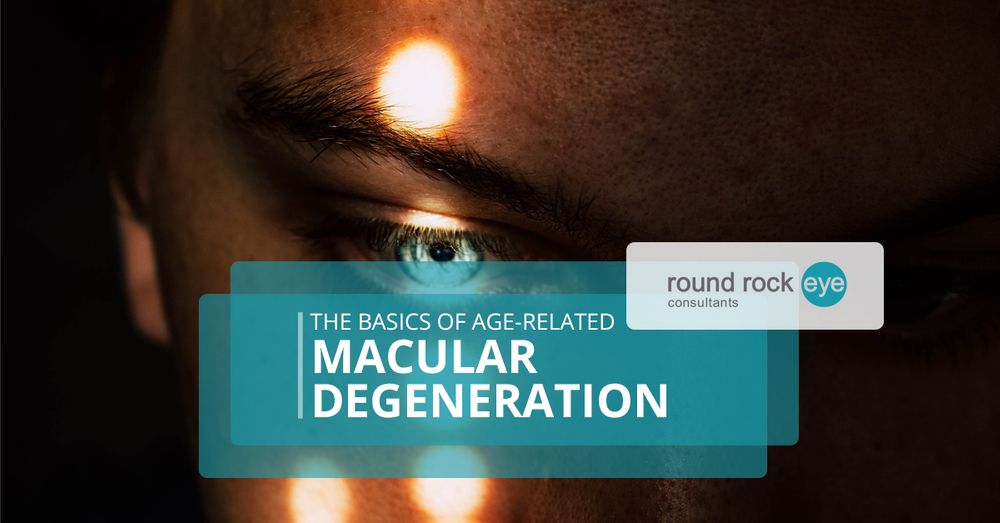AMD, or age-related macular degeneration isn’t an easy thing to be diagnosed with, especially if you have no idea what it is. Like any serious diagnosis, patients will need to educate themselves about this condition. Our award winning ophthalmologist at Round Rock Eye Consultants has the expertise to help battle this disease, and we are here to support you.
What is AMD?
Most people over the age of 50 face vision loss because of AMD, a rather common eye condition that causes damage to the “macula.” Your macula is the small spot near to the center of your retina. It’s the portion of your eyeball that provides sharpened, central vision and lets us glimpse and analyze the things straight in front of us. The progression of the disorder can either be quite quick or rather meandering, and the effects (general vision loss) are reflected in the speed your AMD decides on. The most common symptom of a more rapid progression of the disease is a blurred effect near the center of the field of vision. Over time, this initial symptom will eventually develop into larger blurred portions of your visions and could turn into entire blank spots in your central vision. The brightness of lighting and colors could be an additional symptom that points toward the developing condition. However, AMD on its own is not capable of rendering someone totally blind. It can only eliminate your central vision, which will admittedly impair everyday activities, mainly driving, but also, see faces, read and write or do other close attention and detailed work like cooking and fixing mechanical issues around the home.
The Disintegration of The Macula
Your macula is comprised of millions of individual light-sensing cells that offer the central vision you access when looking head-on at objects. It’s what gives you the ability to see the grain of wood, threads of a piece of paper and the delicate lines in skin. It acts as the most sensitive portion of your retina, which resides near the back of your eye. It’s the portion of your eye that changes light into the electrical signals and then translates those to the optic nerve in the brain. The optic nerve then changes these pieces of light and electrical signals into the comprised images, hence why the loss of your macula causes dark and blurred spots in your vision, your eye is no longer catching the light to render into images.
Learn More About Age-Related Macular Degeneration Treatments and Diagnosis At Round Rock Eye Consulting
Reach out to Round Rock Eye Consulting in Central Texas. We’re here for all of your ophthalmologist needs and we'd be delighted to help you in any way we can, whether you’re looking for a diagnosis or a proper treatment plan, we can help. Reach out to us today to schedule your appointment and get started.

